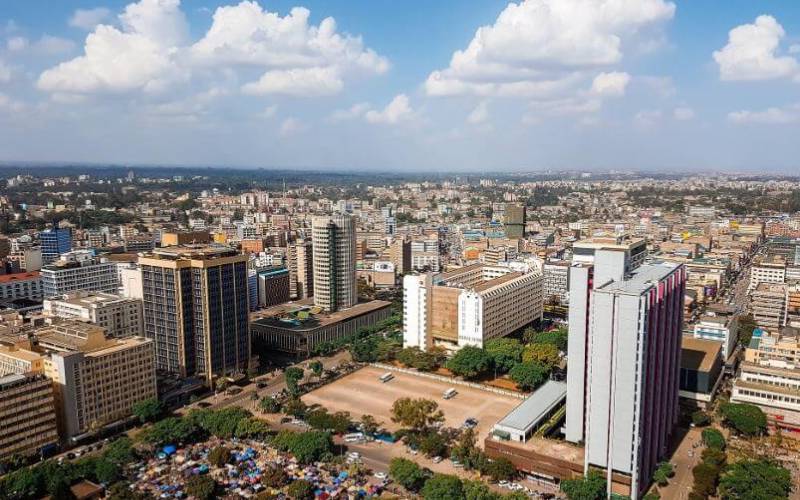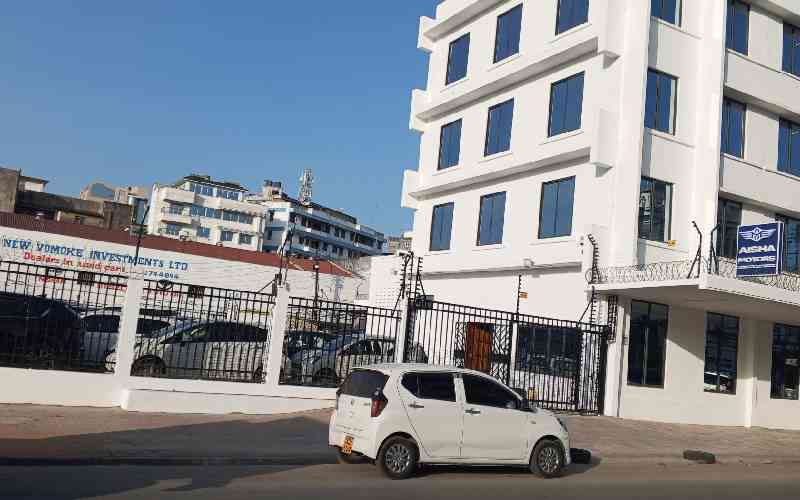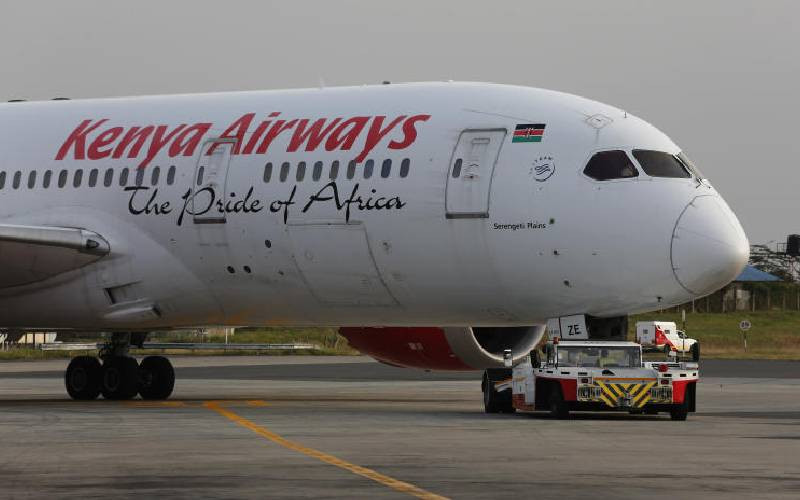×
The Standard e-Paper
Fearless, Trusted News

Nairobi has long carried its moniker, The City in the Sun, with pride.
But Kenya’s capital, which the Maasai described as the land of cool waters, is now more of a concrete jungle as its green spaces disappear under all manner of developments including roads and buildings.








